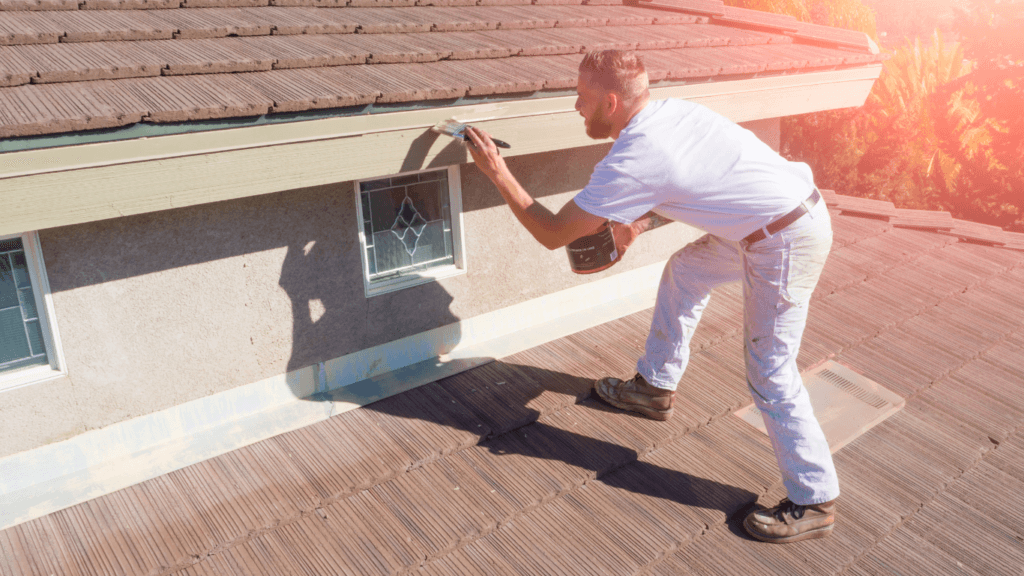Title: Mastering the Art of House Painting: Best Brush Techniques

Introduction:
Painting your house can be a rewarding and transformative experience. While choosing the right paint color is important, the technique you use to apply the paint can make a significant difference in the outcome. In this blog post, we will explore some of the best brush techniques for house painting that can help you achieve professional-looking results.
1. Choosing the Right Brush:
Before exploring the various techniques, selecting the right brush for the job is crucial. Consider the type of paint you’ll use and the surface you’ll paint on. A wider brush with synthetic bristles works well for larger areas, while a smaller brush with natural bristles is ideal for detailed work.
2. Preparation:
Preparation is key to achieving a flawless finish. Clean the surface thoroughly, removing dirt, grease, or loose paint. Sand down any rough patches and fill in any cracks or holes. Finally, protect areas you don’t want to paint with painter’s tape, such as windows and trim.
3. Loading the Brush:
Dip the brush into the paint about one-third of the bristle length. Avoid overloading the brush, as it can lead to drips and uneven application. Gently tap the brush against the container’s side to remove any excess paint.
4. Cutting-In Technique:
The cutting-in technique creates clean, precise lines along edges, corners, and trim. Start by dipping the brush in paint and drawing a straight line along the edge, working from top to bottom. Take your time and maintain a steady hand to ensure a professional finish.
5. Brushing Technique:
Use long, smooth strokes in one direction when applying paint to larger surfaces. Start from the top and work your way down, applying even pressure on the brush. This technique helps minimize visible brush marks and ensures an even coat of paint.
6. Feathering Technique:
To avoid noticeable brush strokes, use the feathering technique. After applying a section of paint, lightly run the brush over the surface in a smooth, overlapping motion. This helps to blend the paint and create a seamless finish.
7. Crosshatch Technique:
The crosshatch technique is effective for textured surfaces like stucco or brick. Apply the paint in one direction using diagonal strokes, then go over the same area in the opposite direction to create a crisscross pattern. This technique helps ensure even coverage and effectively fills in the texture.
8. Maintaining a Wet Edge:
To achieve a uniform finish, it’s essential to maintain a wet edge while painting larger areas. Avoid allowing the paint to dry completely between sections. Instead, work in manageable sections, keeping a wet edge by slightly overlapping each stroke with the previous one.
Conclusion:
By mastering these best brush techniques for house painting, you can elevate the overall look of your home and achieve professional-level results. Remember to choose the right brush, prepare the surface properly, and practice the various techniques to ensure a flawless finish. Happy painting!
Note: Remember to follow safety guidelines and protect yourself with appropriate clothing, eyewear, and ventilation when painting.

